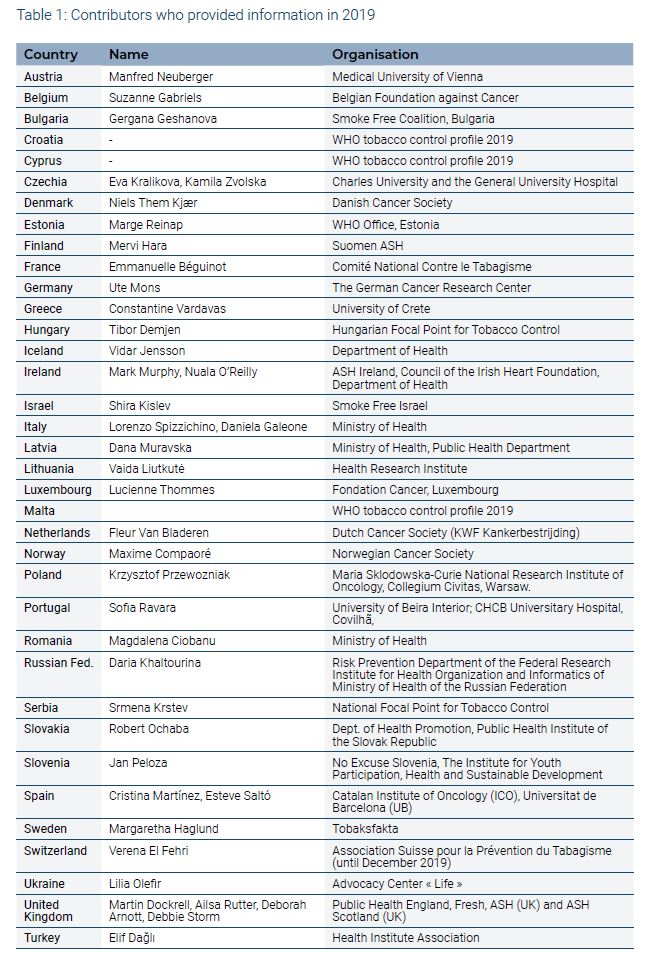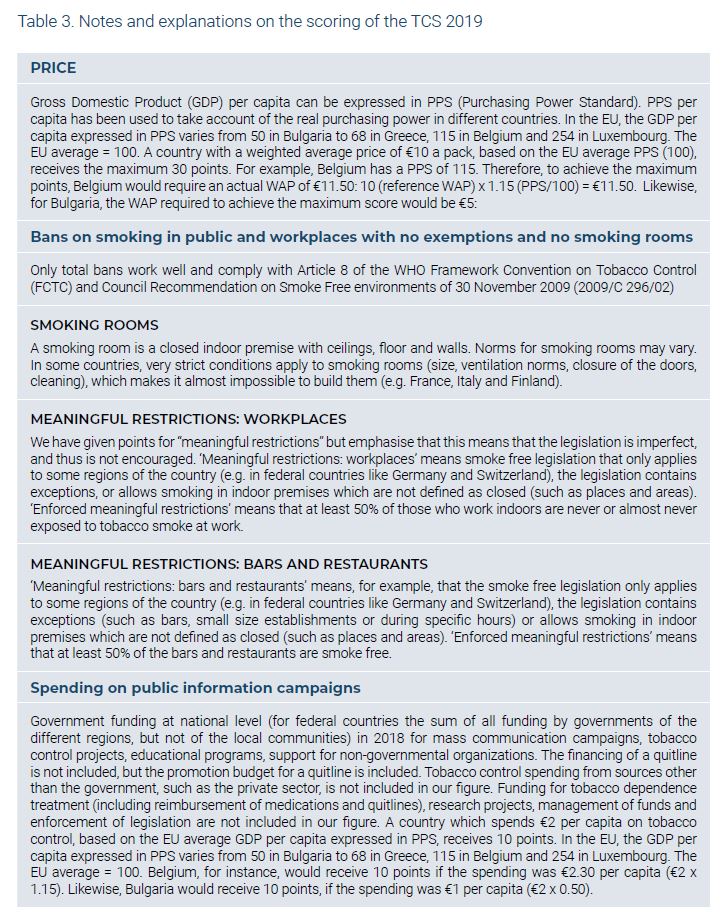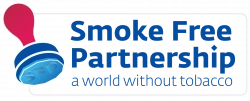METHODS
The Tobacco Control Scale 2019 in Europe
The survey was conducted in 2004, 2005 (1), 2007 (3), 2010 (4), 2013 (5), 2016 (6) and now in 2019. In 2004, the survey involved 28 countries: 25 European Union (EU) countries plus Switzerland, Iceland and Norway. In 2005 and 2007 the survey was repeated in 30 European countries (27 EU countries plus Switzerland, Iceland, and Norway) (3), and in 2010 with 31 European countries (the 2007 sample plus Turkey) (4). The 2016 survey was conducted with 35 European countries: the 2010 sample plus Croatia, Serbia, Ukraine, and the Russian Federation. In 2019, Israel was added to the list of countries.
In 2019, we made some changes in scoring system: we reduced the number of points for
tobacco control budget from 15 points to 10 points and added 3 points for combating illicit tobacco trade and 2 points for controlling tobacco industry interference. Countries who ratified the International Protocol to Eliminate the Illicit Trade of Tobacco Products (the WHO FCTC Protocol) received 1 point. A track and trace system for tobacco products, fully FCTC Protocol compliant, is 2 points and a track and trace system for tobacco products, but not fully FCTC Protocol compliant, would be 1 point. A whole range of measures, well enforced, monitored and sanctioned, to restrict tobacco industry interference is 2 points and some measures, well enforced, to restrict tobacco industry interference is 1 point. A single measure to limit industry tobacco interaction at the Ministry of Health (and not the whole government) is not enough to obtain 1 point. Examples of policies could include the recording and disclosure of meetings with the tobacco industry, the limitation of interactions with the tobacco industry to those only strictly necessary or a code of conduct for public officials which they should comply in their dealings with the tobacco industry.
The data used for the 2019 survey refer to legislation in force on the 1 January 2020, 2018 price data, and the tobacco control budget in 2018. Any legislation, price increases or funding introduced or enforced after those dates are not included.
A questionnaire was used to collect information about countries’ tobacco control budgets and tobacco dependence treatment provision. The following other data sources were used:
PRICE
- The weighted average price of a pack of 20 cigarettes in 2018 was based on the March 2019 European Commission report “Excise duty tables. Part III Manufactured Tobacco."
- GDP expressed in Purchasing Power Standards (PPS) per capita and GDP in 2018, and country 2018 population data were collected from the statistical office of the European Union or IMF.
- The retail price of a pack of cigarettes (premium brand) for the non-EU countries: WHO Report on the Global Tobacco Epidemic, 2019.
ADVERTISING
- World Health Organization. Appendix VII Tobacco control profiles – countries.
- An update of the legislation on advertising from the contributors or from health officials.
SMOKE-FREE LEGISLATION
- European Commission. Overview of smoke-free legislation and its implementation in the EU.
- European Commission. Eurobarometer 458, Attitudes of Europeans towards Tobacco and Electronic Cigarettes. Brussels: European Commission; 2017.
LABELLING
- Canadian Cancer Society. Cigarette package health warnings. International status report. Ottawa: Canadian Cancer Society, 2018.
DATABASES
- World Health Organization. Appendix VII Tobacco control profiles – countries.
- WHO FCTC database which includes often country reports submitted in 2018.
- WHO European Region Tobacco control database.
- Smoke-Free Partnership smoke-free map.
- Campaign for Tobacco-Free Kids, Tobacco Control Laws.
TOBACCO CONTROL AND CESSATION BUDGET
- Information was collected in November and December 2019 from the contributors or from health officials.
TOBACCO INDUSTRY INTERFERENCE
- STOP, Global Tobacco Industry Interference Index 2019.
- Information was collected in November and December 2019 from the contributors or from health officials.
ILLICIT TOBACCO TRADE
- Ratification of the Protocol to Eliminate the Illicit Trade in Tobacco Products: United Nations Treaty Collection.
- Framework Convention Alliance, Why the EU Tracking and Tracing system works only for the EU, Policy Briefing, 2018.





The Tobacco Control Scale is partly funded by operating funding from the European Commission to Smoke Free Partnership. The views expressed in this website do not necessarily reflect the official views of the European Union institutions.
Copyright 2022 © All Rights Reserved


